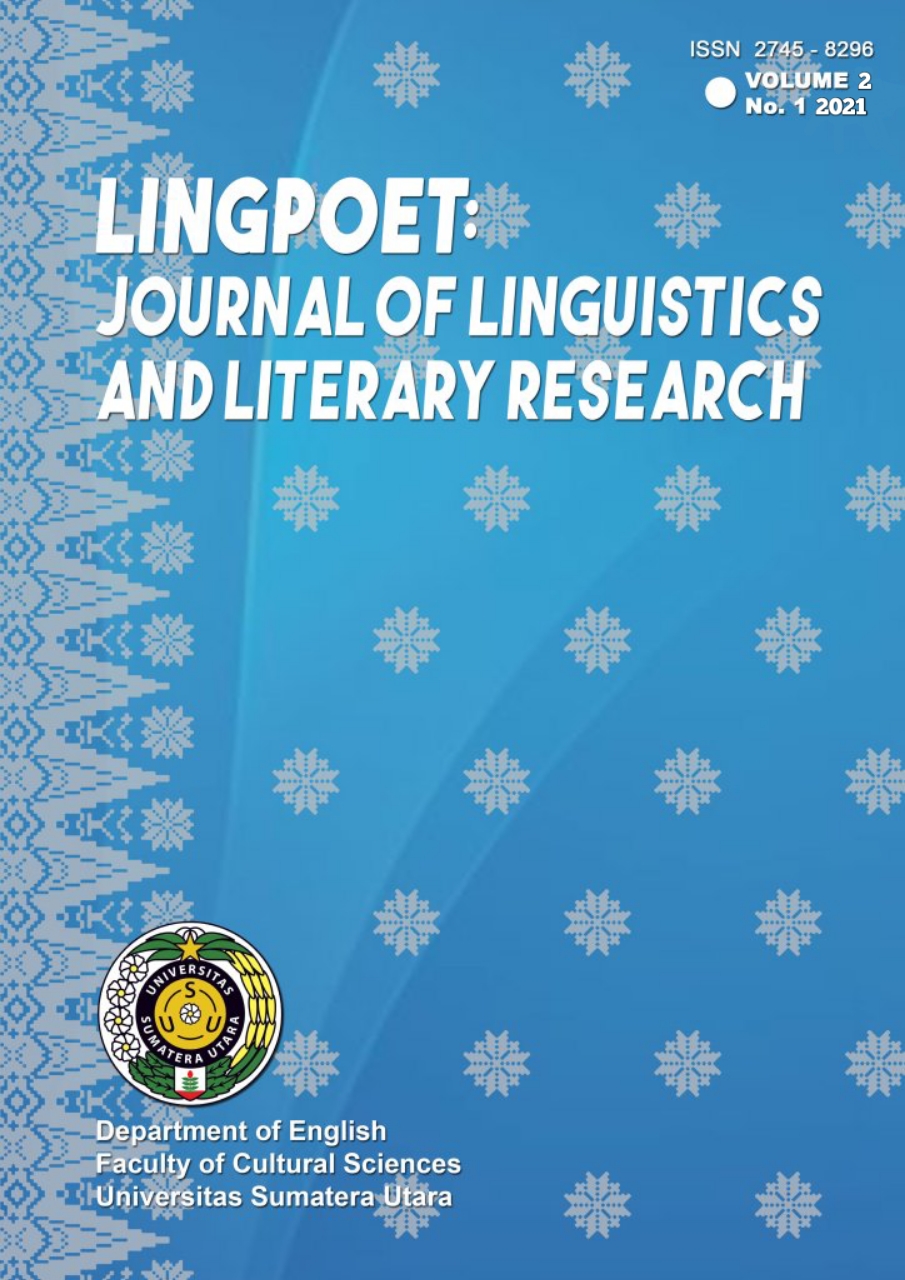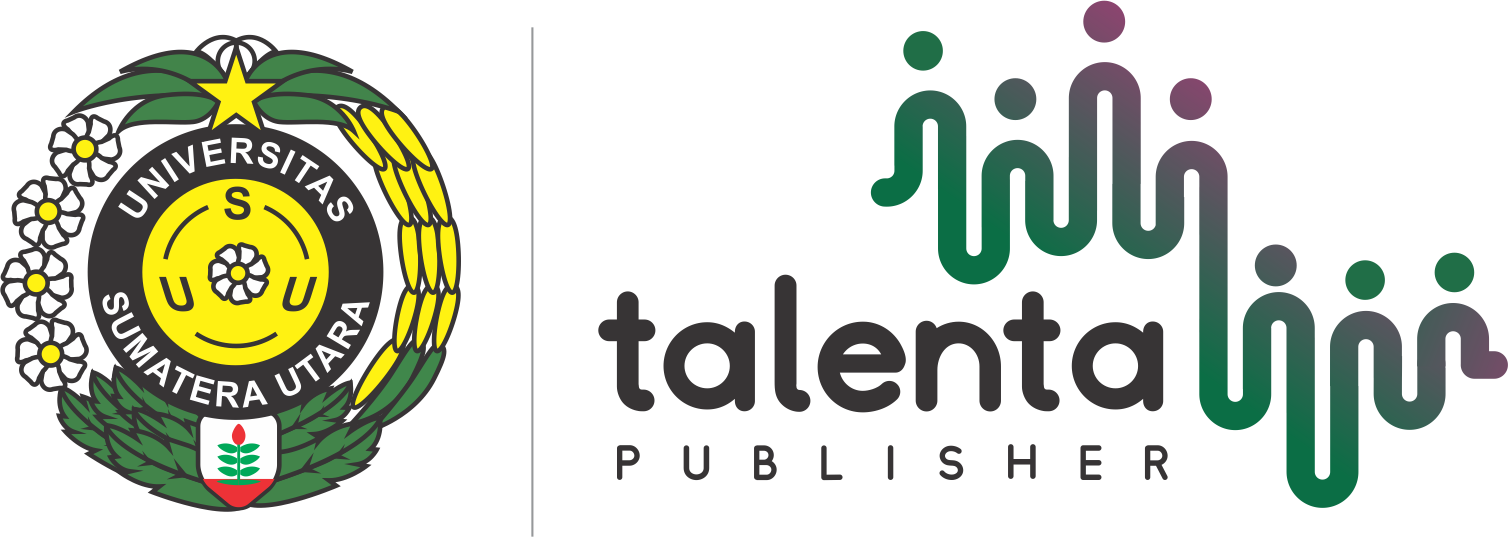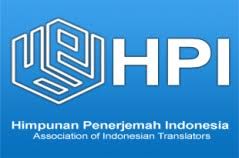Using Antconc Software in Analyzing Modality: Case Study in EFL Tertiary Students’ Hortatory Exposition Text in Indonesia
DOI:
https://doi.org/10.32734/lingpoet.v2i1.5141Keywords:
Corpus-based Analysis, Writing Genre-based, Hortatory Exposition, Modality, Systemic Functional GrammarAbstract
This study aimed to analyze the modality and how its realization in argumentative genre texts – hortatory exposition collected from the students of English Department of USU batch 2018 class B to depict the students writing ability from the perspective of modality. The subjects of this study are the students who already taken four semester of college as writing subject is taught for four semesters. Moreover, the argumentative genre is taught in the semester four based on syllabus. This study used the framework of writing genre-based (Martin, 1984)and Systemic Functional Grammar (Halliday&Matthiessen, 2014). The methodology of the analysis is corpus-based employing software AntConc 3.4.5 by Laurence Anthony in order to generate accurate data of lexical items contain in the texts. The findings showed that modalization type of modality indicating probability is dominantly used by the students as much as 60,08%, otherwise usuality is measly used as it is found only 4.44%. The study also revealed almost three-quarters percent of the modality found are realized as modal operators as it is found 70.68% from the analysis.
Downloads
References
Ardiansah, D. (2015). An Analysis of Modality in Students’ Hortatory Exposition Texts (Systemic Functional Grammar Persfective). 13.
Butt, D., Fahey, R., Spinks, S., &Feez, S. (2003). Using Functional Grammar: An Explorer’s Guide Second Edition (2nd ed.). Macquarie Univ.
Dirgeyasa, I. W. ; H. (2014). College academic writing: A genre based perspective (Medan). Departemen Pendidikan Nasional Badan Penelitian dan Pengembangan.
Ganie, R., Sinar, T. S., Deliana, & Yusuf, M. (2020). Reference markers in introduction section of undergraduate students’ theses: A corpus-based systemic functional analysis. Talent Development and Excellence, 12(1), 3998–4006.
Halliday, M. A. K. (1989). Spoken and Written Language. Oxford University Press.
Halliday, M. A. K., &Matthiessen, C. M. I. M. (2014). Introduction to Functional Grammar (4th ed.). Routledge.
Hanafiah, R., & Yusuf, M. (2016). Lexical density and grammatical intricacy in linguistic thesis abstract: A qualitative content analysis. Proceedings of the 1 St English Education International Conference (EEIC), 43–46. Banda Aceh: Universitas Syiah Kuala.
Hyland, K. (2004). Genre and second language writing. University of Michigan Press.
Johansson, V. (2008). Lexical diversity and lexical density in speech and writing: A developmental perspective. ResearchGate. https://www.researchgate.net/publication/285675449
Knapp, P., & Watkins, M. (2005). Genre, text, grammar: Technologies for teaching and assessing writing. UNSW Press.
Meyer, C. F. (2002). English Corpus Linguistics: An Introduction (1st ed.). Cambridge University Press.
Miles, M. B., Huberman, A. M., & Saldana, J. (2014). Qualitative Data Analysis: A Methods Sourcebook (3rd ed.). SAGE Publications.
Ure, J. (1971). Lexical density and register differentiation. ResearchGate. https://www.researchgate.net/publication/246683396_Lexical_density_and_register_differentiation
Yang, X. (2018). A Corpus-based Study of Modal Verbs in Chinese Learners’ Academic Writing. English Language Teaching, 11(2), 122. https://doi.org/10.5539/elt.v11n2p122
Zein, T. T., Sinar, T. S., Nurlela, & Yusuf, M. (2020). Assessing complexity in the introduction part of bachelor’s theses: A systemic functional linguistic framework. Talent Development and Excellence, 12(1), 2100–2111.
Downloads
Published
How to Cite
Issue
Section
License
Copyright (c) 2021 LingPoet: Journal of Linguistics and Literary Research

This work is licensed under a Creative Commons Attribution-ShareAlike 4.0 International License.













